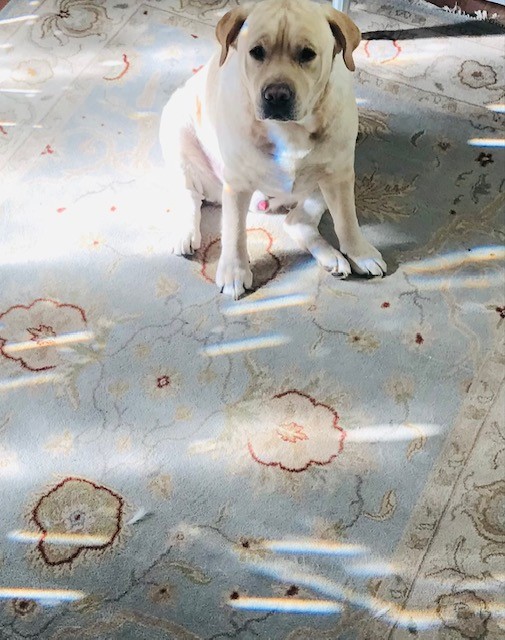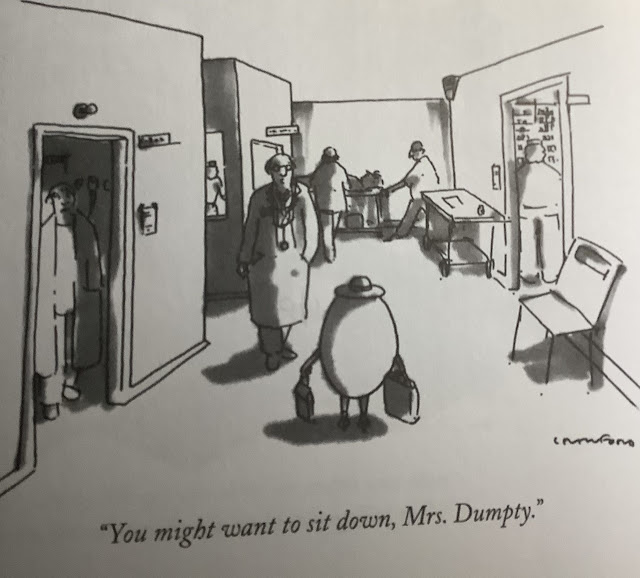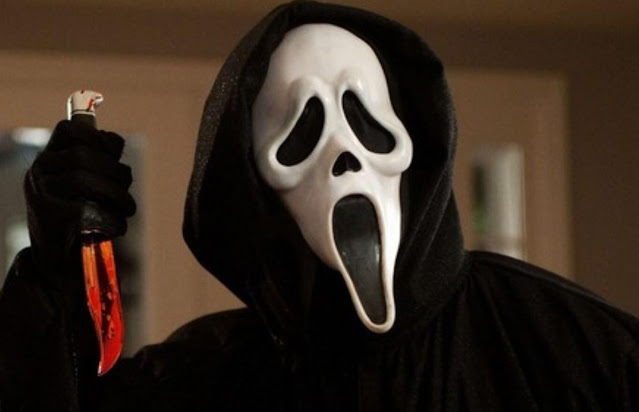great weather for MEDIA seeks flash fiction, short
stories, dramatic monologues, and creative nonfiction for our annual print
anthology.
Our focus is on edgy, fearless, and experimental
subject matter and styles.
***
Veterans Repertory Theater (VetRep) is launching a
10-minute audio play competition for playwrights who meet one of the following
criteria:
- current
or former US military, law enforcement, fire, EMS, foreign service, or
intelligence service veteran
- immediate
family member of a current or former military, law enforcement, fire, EMS,
foreign service or intelligence service veteran (“immediate family member”
means: parents, siblings, children and spouse.)
***
Appalachian Festival of Plays and Playwrights 2022
Six plays are chosen from the submissions to be
given public readings by Barter’s company.
The playwrights are given travel, housing, and a
stipend for the week.
Plays must be written by an Appalachian playwright
(currently living in a state that contains the Appalachian Mountain Range—
which, for our purposes, run from New York to Alabama.)
*** FOR MORE INFORMATION about these and other
opportunities see the web site at https://www.nycplaywrights.org ***
*** GOOD VIBES FOR WRITERS ***
Welcome to Coffitivity!
Coffitivity recreates the ambient sounds of a cafe
to boost your creativity and help you work better. Proven and peer reviewed,
see the research to learn more.
Free options:
~ Morning
Murmur
~ Lunchtime
Lounge
~
University Undertones
More...
https://coffitivity.com
***
There’s no shortage of coffee-obsessed writers.
Tom Wolfe, for instance, would drink “awesome quantities” of coffee at midnight
before launching into long stretches of late-night writing, while L. Frank
Baum, author of The Wizard of Oz and dozens of other fantasy books, would drink
four or five coffees with breakfast (all of this according to Mason Currey’s
Daily Rituals). So when we started looking for the best coffee beans, we
figured writers and authors would be some of the most qualified people to make
recommendations — and we were not disappointed by their picks.
Here, nine writers and authors on their must-have,
all-time-favorite coffee beans, ranging from readily-available, grocery store
beans to seasonal roasts that are hoarded for later.
More...
https://nymag.com/strategist/article/coffee-beans-writers-favorites.html
***
I will never say I hate a book (ever). Here’s why.
As aspiring authors, “constructive criticism” is
something that we get a lot of. We get it from parents and mentors, peers, and
anyone else who’s ever heard you say “I want to write books for a living” or
held a piece of your work in their hands. We get this “constructive” brand of
judgement under a lot of pretenses: we need outside sources to help us find
flaws in our work that we can fix (true); we need a dose of reality (false);
it’s good to evaluate your work for flaws (true); your book isn’t good until
it’s perfect (false false false); your book is already good and doesn’t need
help (also false), and…you get the idea.
More...
https://clearwaterpress.com/oneyearnovel/blog/good-vibes-art-appreciating-writing/
***
Best Low-Cost Cities for Writers
While there's something romantic about the
“starving artist,” you don't have to put yourself in a precarious position.
Just check out one of these low-cost cities!
Iowa City, Iowa
Along with Seattle, Iowa City is the only other
UNESCO “City of Literature” in the United States. This city has a rich history
centered around creative writing. In fact, the University of Iowa was the first
school to offer a creative writing graduate program in the country, which
became the Iowa Writers’ Workshop.
Iowa City is also home to several other writing
festivals and workshops, making this low-cost city a great place for budding or
seasoned writers to live.
Livingston, Montana
This mountain town is the biggest little literary
place you've never heard of. It has a rich history of writers that continues
today, as the town still attracts writers — especially those that love the
outdoors.
The writing scene in this small town revolves
around Elk River Books and the community of creatives that gather there. It has
been said that the Livingston area has more writers per capita than places like
NYC and L.A.
Pittsburgh, Pennsylvania
Believe it or not, Pittsburgh has a rich literary
community and a relatively low cost of living (12% lower, on average!). It's
home to many indie bookstores and there are plenty of fellow writers to be
found at the Pittsburgh Writers Project and Littsburgh.
Plus, it's close enough to New York, Boston, and
other major east coast cities that you can take some road trips to these more
expensive cities without spending a fortune on rent!
More...
https://kindlepreneur.com/best-cities-for-writers/
***
I want to stop for just a moment, to take a second
out of my life to put some positive out into the world today.
So many times we get up to our eyebrows in the
mess and chaos of the day without stopping to breath. We want change. We want
it so bad that we can taste it. We want success, recognition, acceptance. We
fight and claw our way to the top of whatever we are trying to gain mastery
over. We run and we never look back. Terrified that the past and all its
mistakes might catch up to us.
Everyone of us has insecurities. I think that we
forget that. We see others. We compare ourselves. We push ourselves. We try to
insert ourselves into someone else’s life, when what we should be doing is
looking at our own life. Having a mental image of what we would like to become
firmly placed in our hearts, we should be looking at the steps we must take to
achieve that goal.
More...
https://writersblock17.com/2020/01/12/positive-vibes-woo/
***
Many of us have waxed poetic while puffing a
joint, but probably not as much as Charles Baudelaire.
That’s right – France’s poetic genius loved hash,
and there’s a sprawling list of literary greats who also liked to “weed” and
write. After all, in the words of E.B. White: “The first duty of a writer is to
ascend.”
We rounded up the top eight authors, poets, and
screenplay writers known to have mixed cannabis into the creative process.
1. Maya Angelou
In her autobiography “Gather Together in My Name”
(the second autobiography in a seven-part series, the first of which is “I Know
Why the Caged Bird Sings”) the late poet described her experience smoking
cannabis for the first time.
“Walking on the streets became high adventure,
eating my mother’s huge dinners an opulent entertainment, and playing with my
son was side cracking hilarity,” she said. “For the first time, life amused
me.”
Angelou later credited marijuana with helping her
overcome the sexual and physical abuse she suffered early in life, and used it
weekly as a kind of creativity-generating therapy for a time. So, you can thank
weed, in part, for the Maya Angelou we know and revere today.
2. Stephen King
If you’ve ever gotten a distinctly trippy feeling
while reading a Stephen King novel (who hasn’t?,) it may interest you to know
that King was actually tripping while writing some of his novels.
The world-famous author of “It,” “The Shining,”
and other iconic horror novels admitted to using a lot of cannabis in the 80’s
in his biography, “Haunted Heart,” describing himself as “addicted” to weed,
alcohol, and cocaine. King’s additions became so consuming that he says he
barely remembers writing the pieces he produced in those years, such as “The
Tommyknockers.
More...
https://www.greenstate.com/culture/lit-literaries-from-stephen-king-to-victor-hugo-these-8-cannabis-loving-writers-may-surprise-you/
***
A Tea for a Writer’s Every Mood
If you’re a writer, why not follow in the masters’
footsteps, and discover the magic of tea? Even if you’re not a writer—or you’re
already a tea lover—you may be missing out on some of the benefits this
versatile beverage has in store for you.
Turns out that for just about every occasion in a
writer’s life, there’s a tea that fits right in—in many cases, a tea that makes
everything feel just a little bit better.
I Just Got Another Rejection: You definitely need
something to chase away the blues. Try saffron tea. It was used even in
traditional times to boost mood, and modern science has supported its
effectiveness. A 2004 study, for example, found that saffron tea lifted mood
just as well as antidepressants (without the side effects).
I Have Brain Fog/Can’t Create: It’s morning and
you have 30 minutes to work on your masterpiece, but your brain isn’t
cooperating. It’s time for a cup of stimulating, brain-clearing tea. I love
yerba mate tea for this purpose. It’s got some caffeine that wakes me up, plus
I just enjoy the taste. Turns out I’m not the only one—author Tim Ferris (The
Four Hour Workweek) credits yerba mate with giving him the focus he needed to
write his book. Even Charles Darwin called it the “perfect stimulant.” If you
don’t want the caffeine, you can try rosemary. A 2012 study found that it
helped participants perform better on speed and accuracy tests—you’ll be typing
like a mad person!
I Can’t Sleep: Sleep is super important for a
writer. We have so many things we have to keep up with—the writing, the
marketing, the social media—that we can’t afford to be sleepwalking through our
days. If you’re having trouble sleeping at night, try passionflower tea. A 2011
study found that participants who drank a cup before bed reported significantly
improved sleep quality. There’s also quite a bit of evidence that valerian tea
helps people fall asleep faster and report more restful sleep periods. Lavender
is another good one to try.
More...
https://writingandwellness.com/2015/05/05/the-surprising-ways-tea-can-make-you-a-better-writer/
***
VICTORIAN AMBIENCE l Writer's Room with Classic
Music
https://www.youtube.com/watch?v=RGHACeh-gc8
--
You received this message because you are
subscribed to the Google Groups "NYCPlaywrights" group.
To unsubscribe from this group and stop receiving
emails from it, send an email to
nycplaywrights_group+unsubscribe@googlegroups.com.
To view this discussion on the web visit
https://groups.google.com/d/msgid/nycplaywrights_group/cb6d80c4-6f14-45dd-90a6-027a5c776612n%40googlegroups.com.



































